2025 Genesis GV70 Electrified Review: Better In Every Way
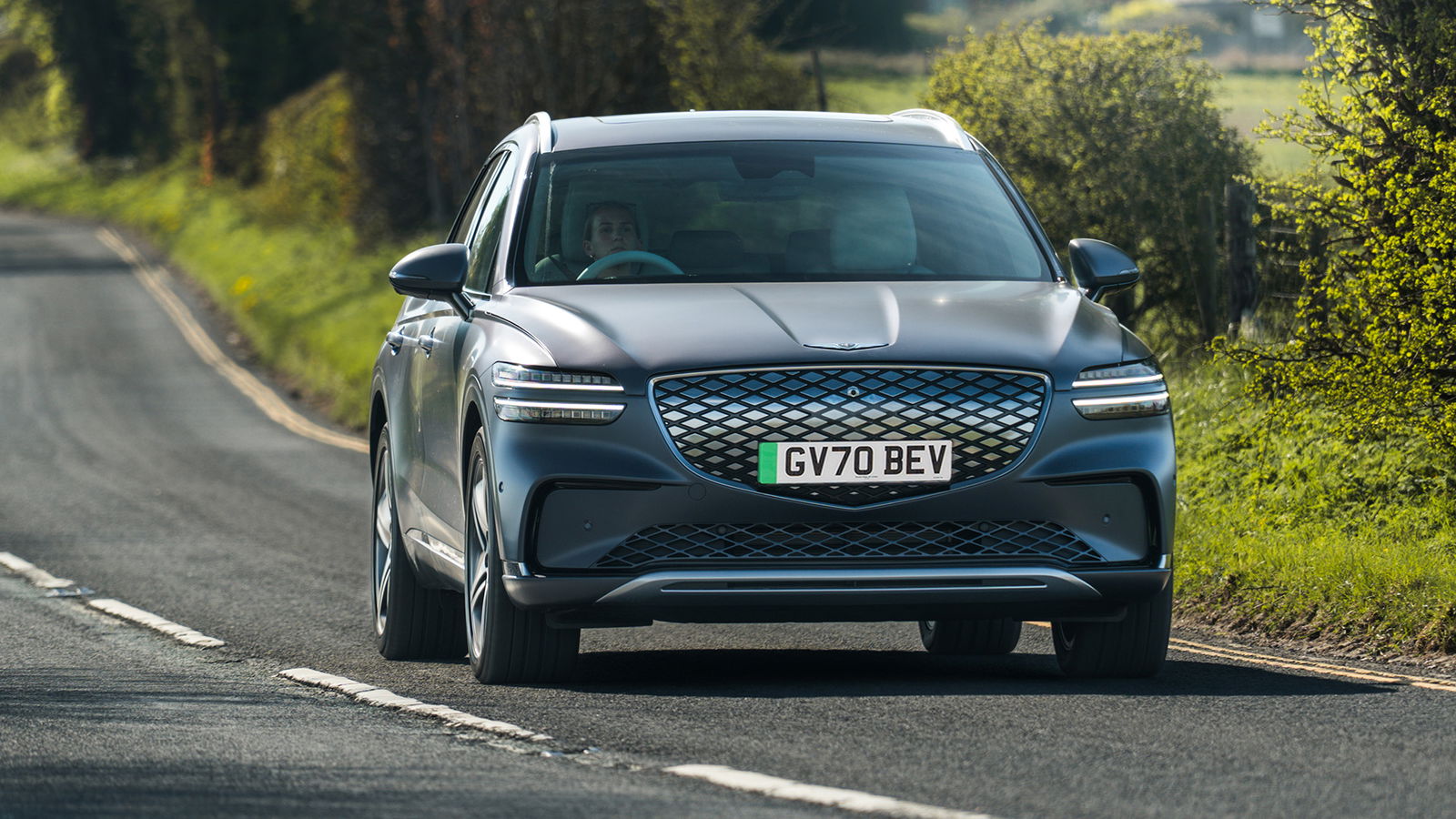
Pros
- Interior is a leap forwardVirtual Gear Shift is a welcome bonus
Cons
- Restricted powertrain choicesElectric range still not brilliant
We’ve spent a lot of time with the Genesis GV70 recently at Car Throttle. Before we handed the keys back a couple of months ago, we’d spent half a year running one as a long-term test car.
Our conclusions? It was decent, but not enough to consider over a BMW X3. While we liked how comfy it was and the level of kit on offer, it was hindered by an outdated interior and a thirsty engine writing fuel cheques its performance couldn’t cash.
Good news: there’s a new one that does away with both of those things. We’d love to take full credit and claim Genesis sees us as the holy word in vehicle testing, but, err.. product planning is probably done a lot further in advance than that. Anyway, reason for us to revisit it at least.
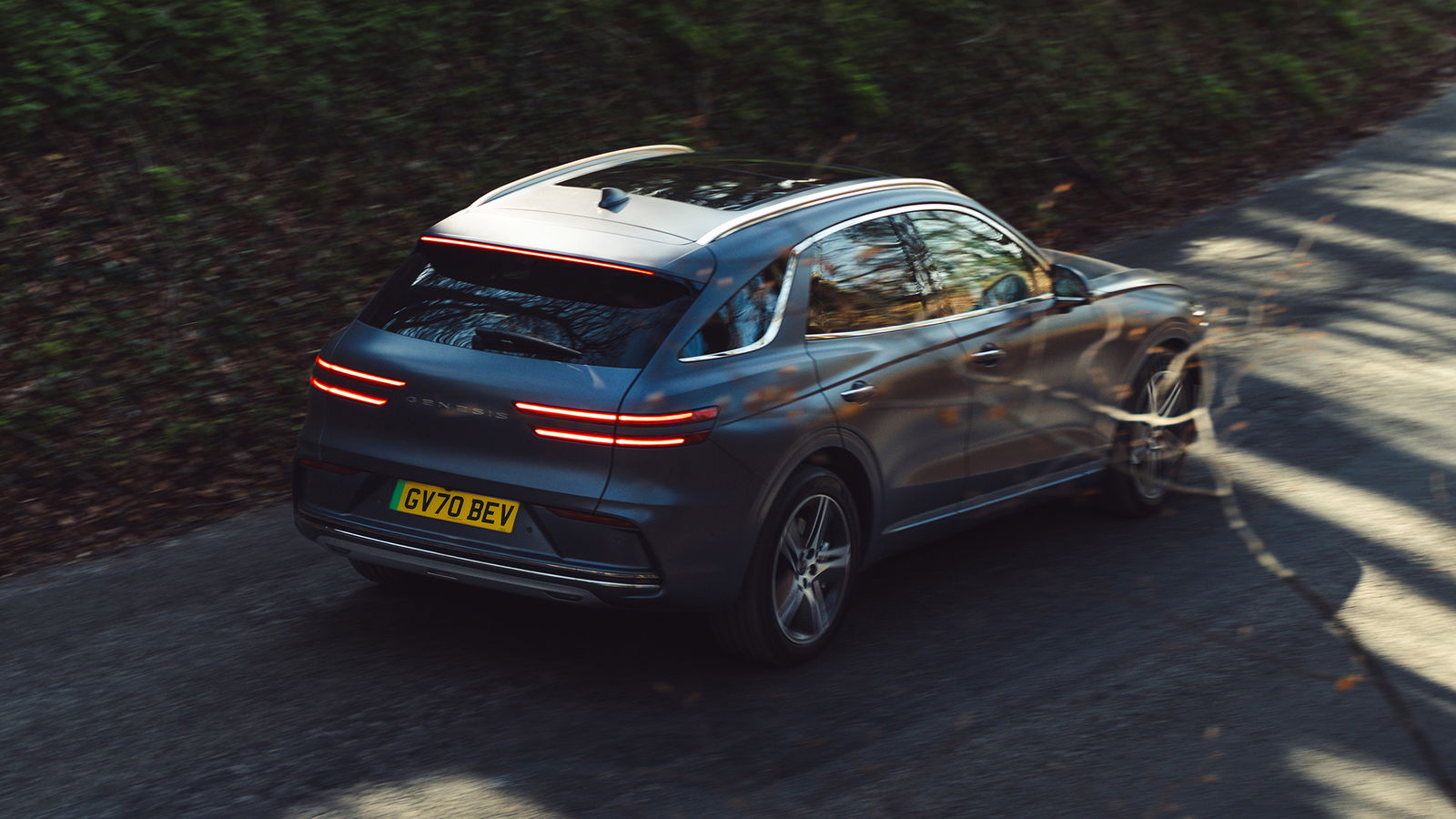
Let’s kick off with what the new Genesis GV70 isn’t. That being an internal combustion car – gone is the 2.5-litre turbocharged four-cylinder our long-termer had (hooray!) and the better-suited diesel (boo…), instead the GV70 is now only available Electrified. Which is to say with a battery.
That EV hasn’t been left untouched, though. It now packs an 84kWh net capacity pack of cells, a not insignificant increase over the outgoing 77.4kWh version. Quoted range now comes in at 298 miles on a single charge, a bit of a bump from 283 miles. Admittedly, still not brilliant for a car of its size and £65,915 starting price, but a welcome increase nonetheless.
Visually, picking apart a new Genesis GV70 from an old one isn’t going to be the easiest of tasks from afar. It gets some slightly tweaked bumpers, a grille that is supposedly updated, but we really can’t tell in what meaningful way, fresh wheels and reworked lights. Probably enough for anyone about to swap their existing car in for a new PCP deal to notice, but not really dramatic.
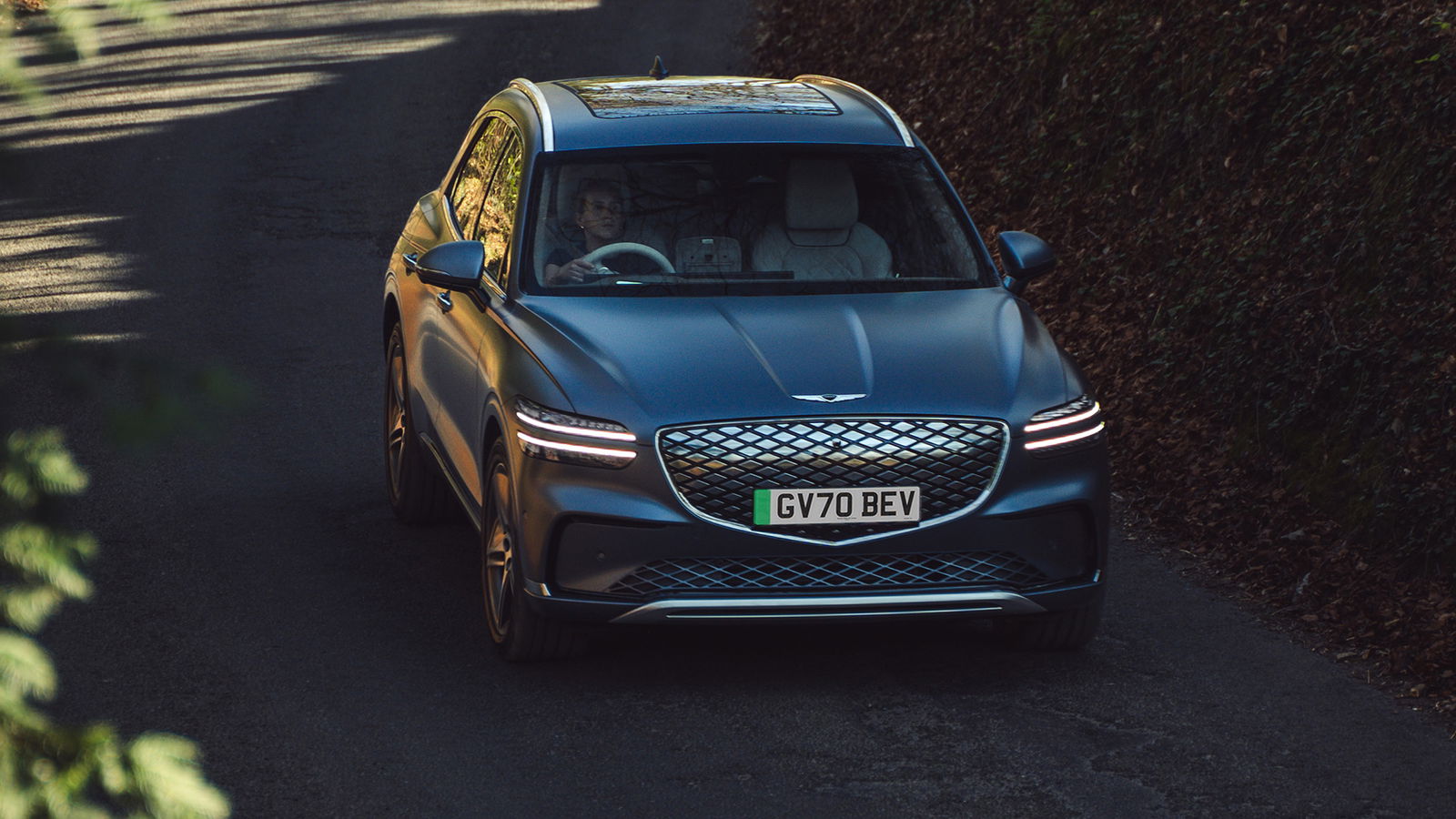
Fortunately, that’s a contrast to the interior, which is barely recognisable from the original GV70. Out goes the old infotainment system and digital driver’s display, and in comes a 27-inch OLED panel housing both of those things – a system similar to the one we’ve seen deployed effectively in a few Hyundais, Kias and Genesis GV60 already.
This is a very good thing. The software is brilliant, the screen is sharp and responsive and better still, if you use Android Auto, it now means you can display Google Maps on the screen in front of you. Sorry, Apple Maps users, licensing means you can’t have that.
Yet despite a new screen, physical climate controls remain (albeit with some haptic buttons for direction). Bonus.
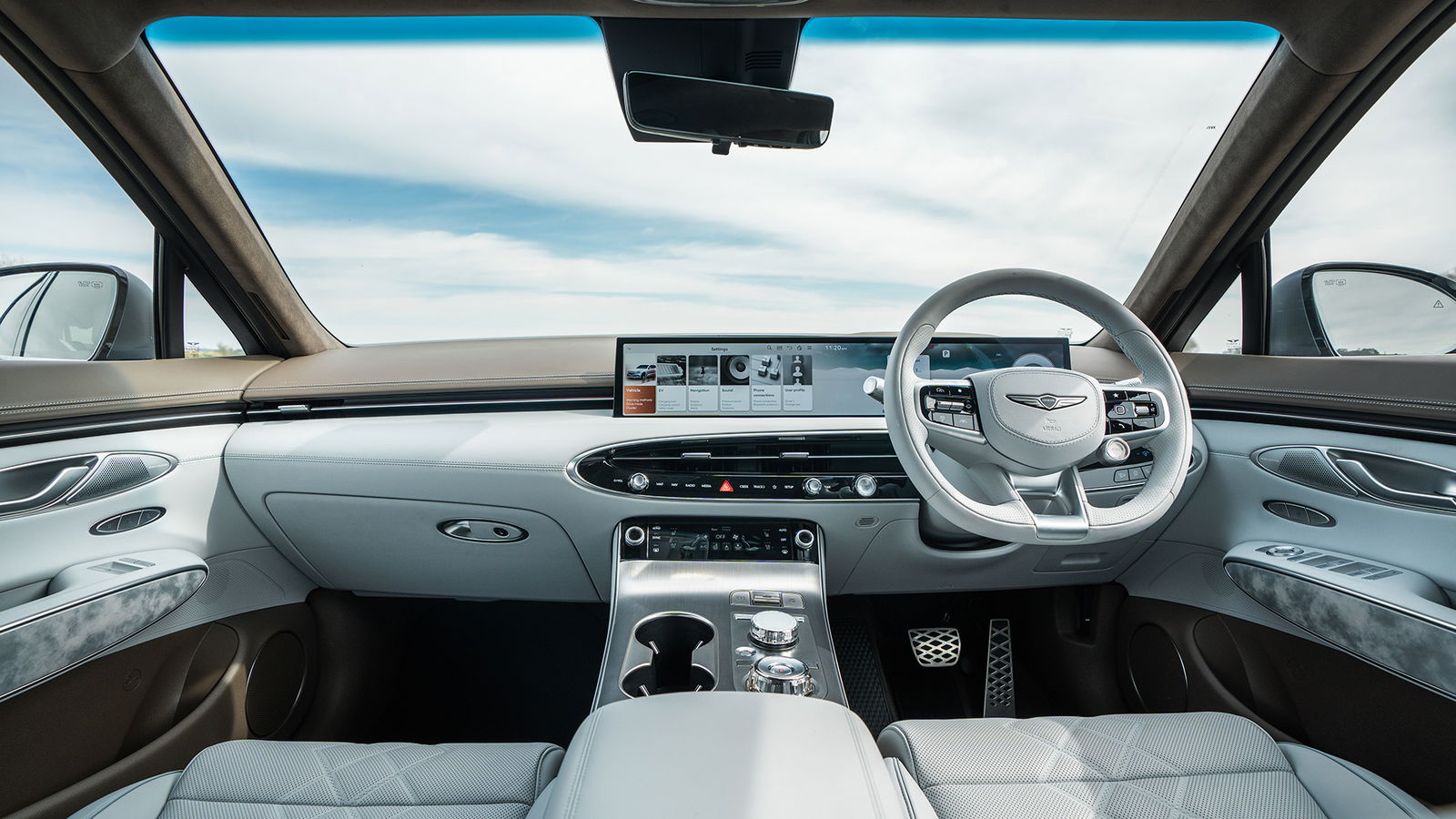
There’s a new steering wheel, too, again with proper buttons for the most part. A point off for replacing clicky buttons for changing songs with touch-sensitive ones, but it’s not the worst application of them ever seen.
Other optional new bits include a digital rear view mirror, handy given the rear window isn’t generous, and an underarm storage that can sanitise things like your phone or keys with ultraviolet light. No, I don’t know how that works either – but neat thinking.
What hasn’t changed is the chassis, save for a touch extra weight with the bigger battery, or 483bhp peak power output (once you press the newly-located boost button).
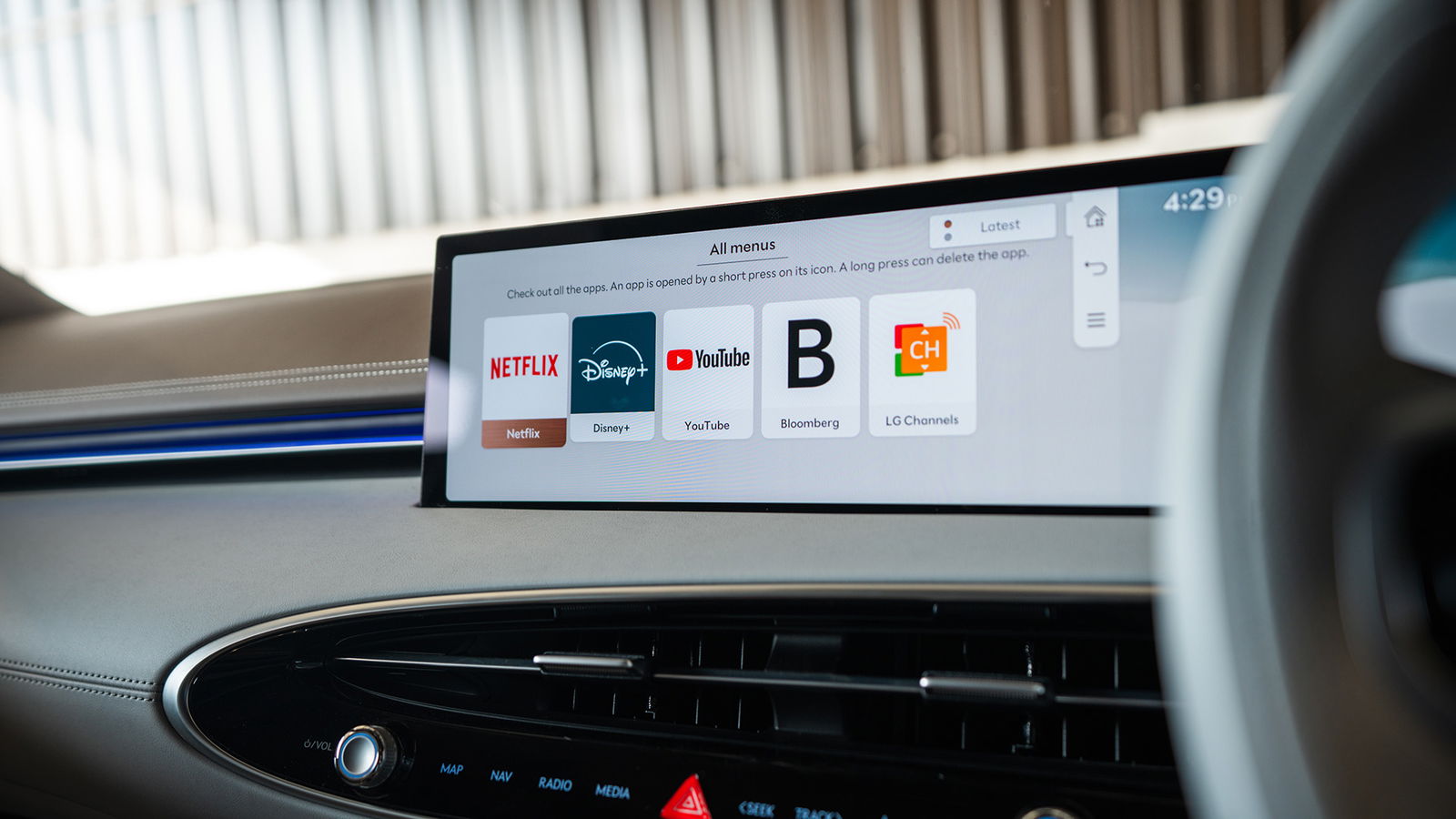
Unsurprisingly, then, it hasn’t really changed in how it drives. It’s still very comfortable to be in, road noise is practically non-existent, so it’s a good thing to just cover miles in. Engaging? Not really – steering is still a bit vague, and there’s little in the way of feedback or a sense of playfulness in the chassis. Not that these things really matter for a mid-size electric SUV.
Yet, that hasn’t stopped Genesis from introducing my favourite Hyundai Group EV party trick – the Virtual Gear Shift system. Debuting on the Hyundai Ioniq 5 N (and helping make it a COTY contender last year), this uses software to replicate an eight-speed dual-clutch gearbox.
Despite being extra gimmicky in a GV70, it’s still brilliant here. If you want a giggle, it will provide a convincing replica of driving a combustion car while you’re pressing on and click paddles, but, perhaps more relevant for this use case, it helps make the driving experience feel more natural if you leave things in fake auto.
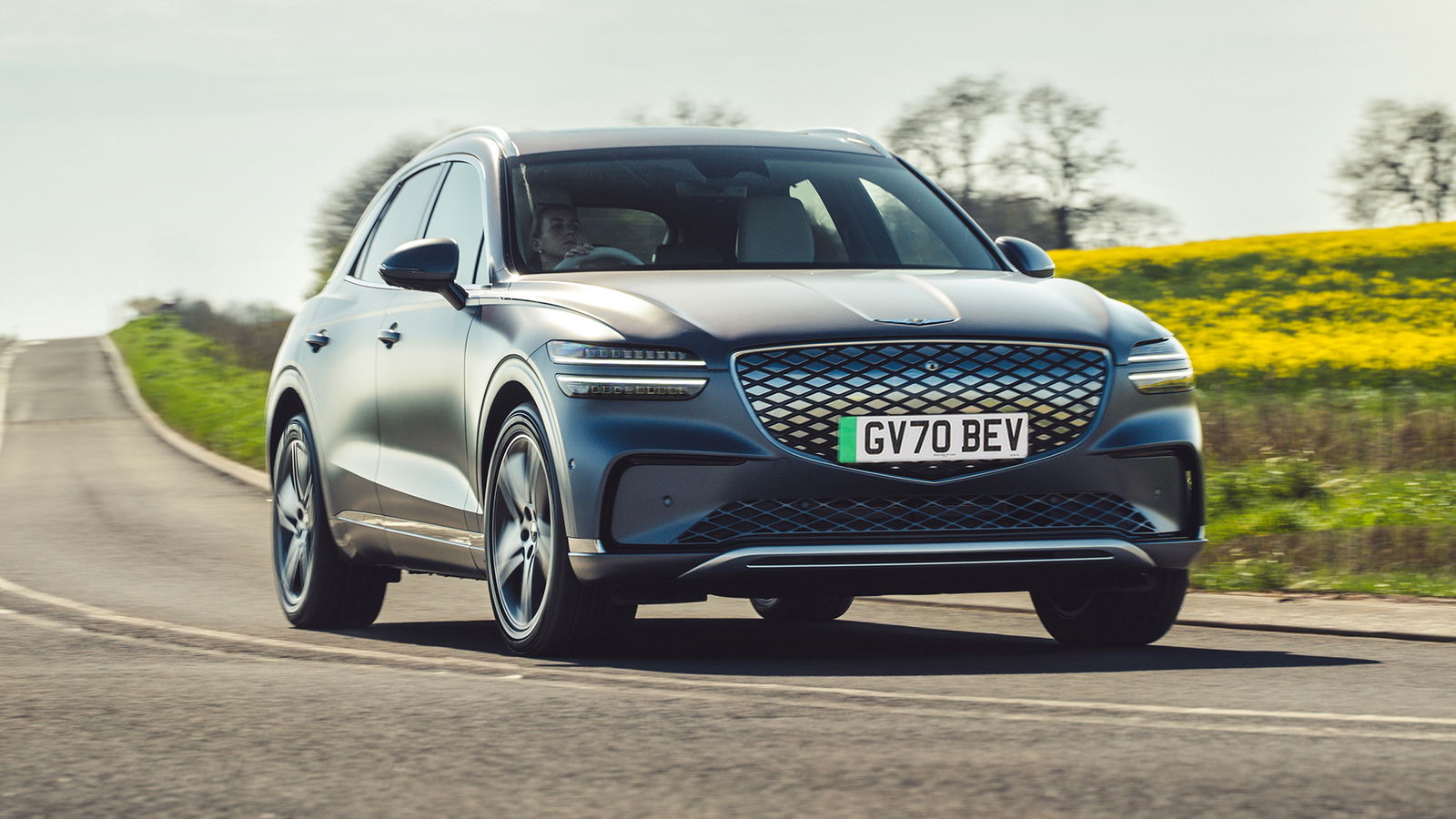
As someone who (perhaps amusingly as a motoring journalist) often suffers car sickness driving EVs down to the way they operate, that natural-feeling sensation of noise and progressive gear ratios does a lot to nullify that. A weird, niche and specific point to mention, but one I’d like to mention anyway.
In conclusion? The Genesis GV70 Electrified does no more than it was expected to do – it makes the SUV better in pretty much every way. A BMW iX3 would still be our preferred choice if we had to pick between the two, and you’re out of luck if you want a combustion engine, but it’s meaningful progression. We couldn’t have asked for more.
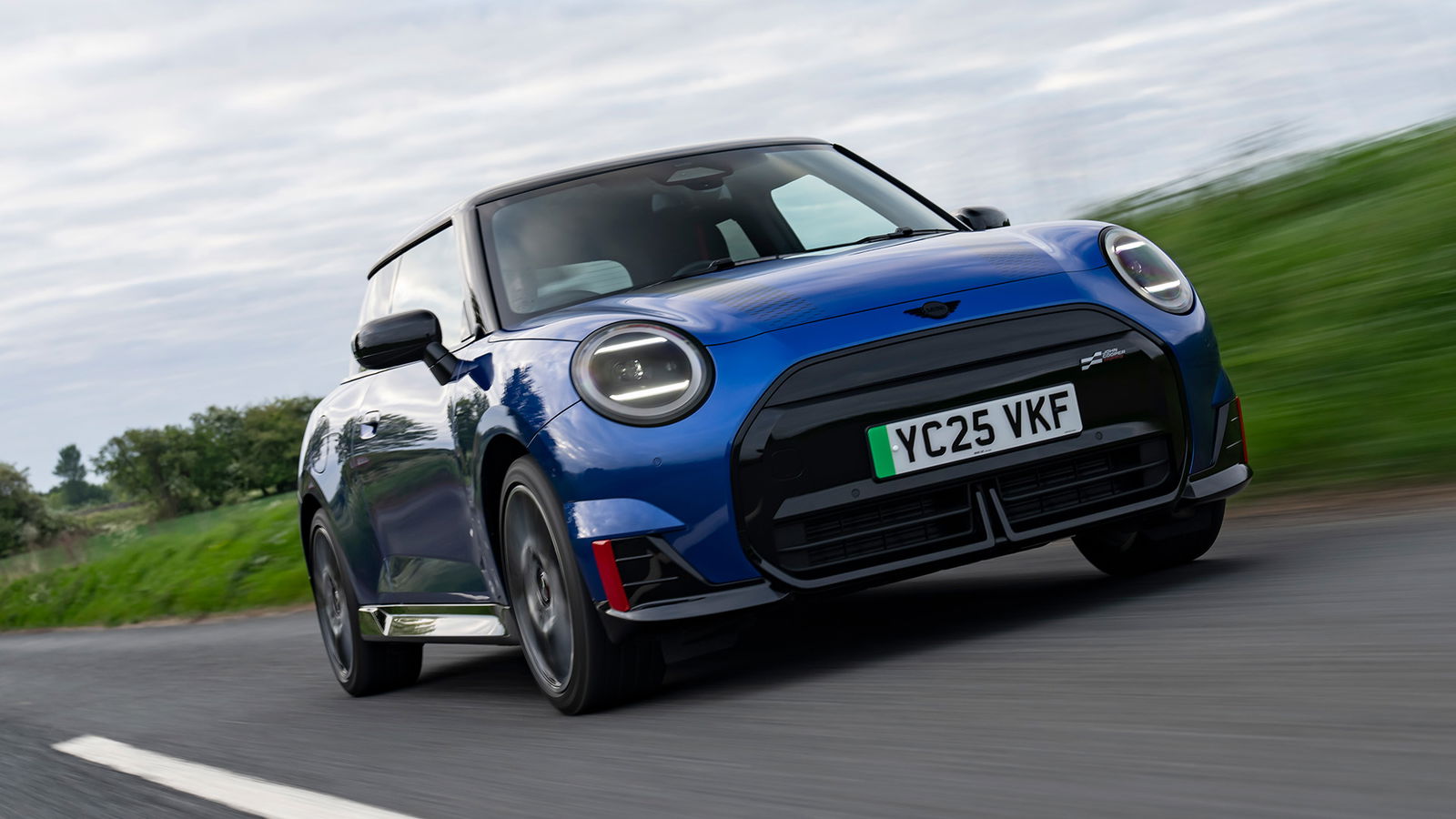
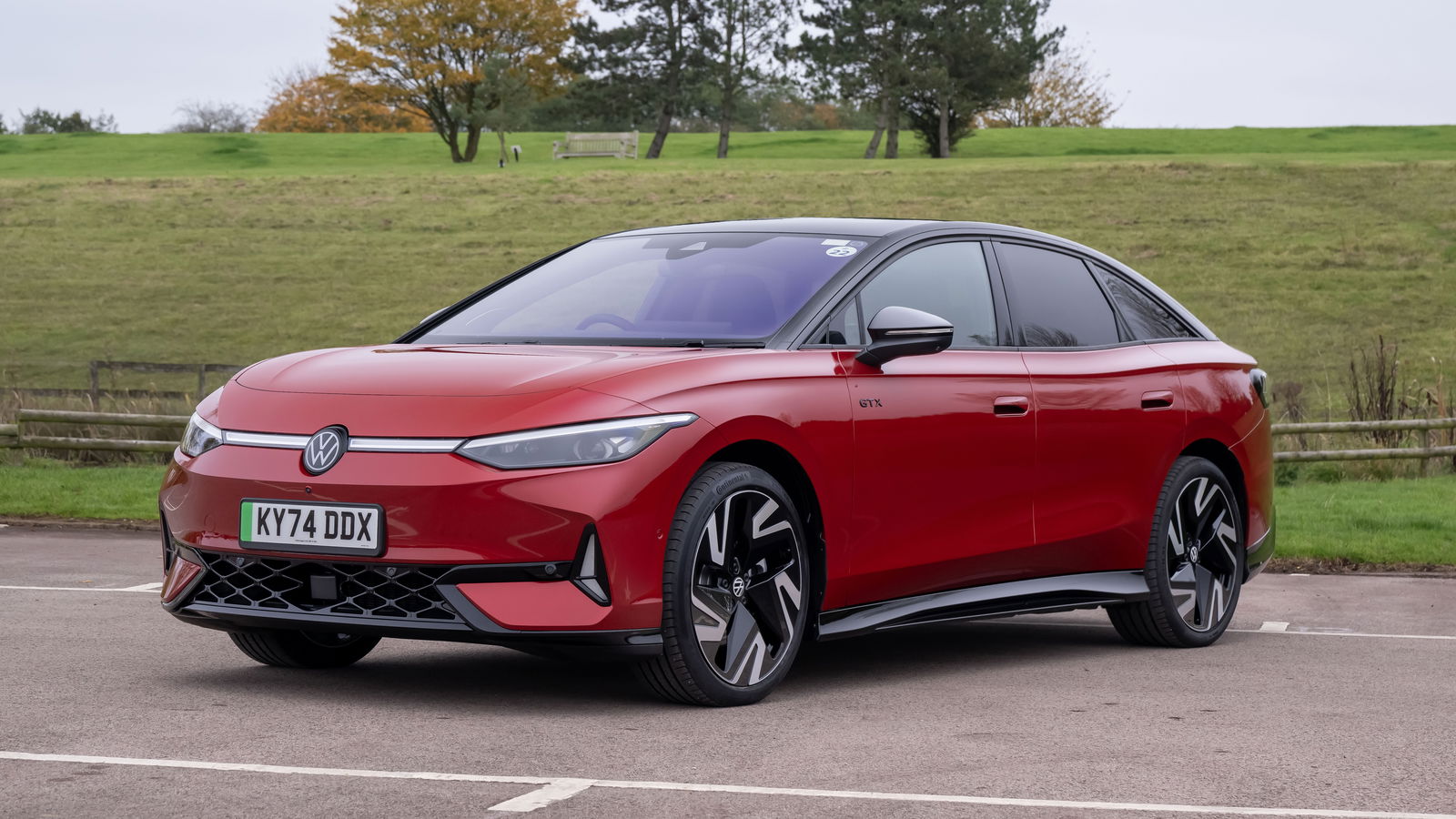

Comments